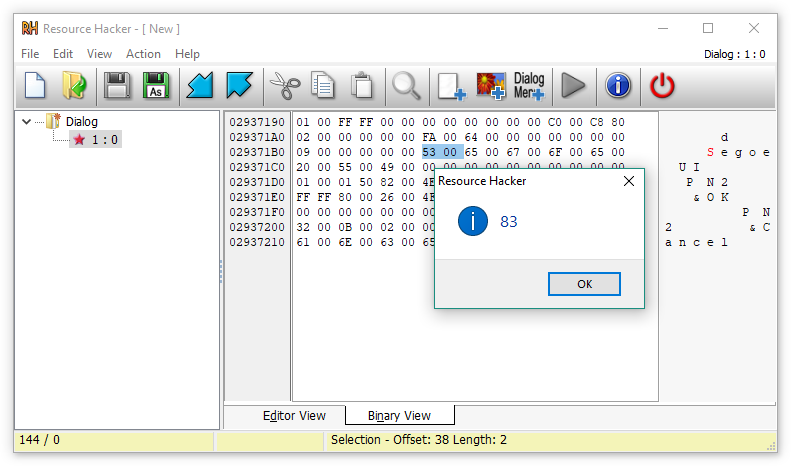
As such, non-Windows operating systems, such as macOS and Linux, cannot natively run programs saved as EXE files. The EXE file format is designed specifically for use with Windows. How do I run an EXE file outside Windows? However, do not double-click the file unless you can verify its legitimacy.Īdvanced users can also extract an EXE file's contents without running the program it contains, using archive expansion tools like 7-Zip or RARLAB WinRAR. In Windows, you can run the program an EXE file contains by double-clicking the file. Windows always uses Windows Installer (a utility included with Windows) to open MSI files and install the program they contain. They never contain Windows applications or other programs. MSI files are similar to EXE files, except they always contain application installers. What is the difference between EXE files and MSI files?ĭevelopers may save Windows application installers as. For example, EXE files that contain an installer are often named setup.exe, while EXE files that launch an app usually include the app's name (e.g. malware), that program will run.ĭevelopers typically name EXE files such that you can tell whether they contain an installer or application. If the file contains a different kind of program (e.g. If the file contains an application, the application will open.


If the file contains an application installer, the installer will open and start the installation process. When you double-click an EXE file in Windows, Windows runs the program the file contains.

What happens when I double-click an EXE file in Windows?
#Windows exe file on mac .exe
EXE files also often contain additional program resources, such as the program's icon and its GUI graphics assets. This data is saved in a compiled, binary format sometimes referred to as machine code. Each EXE file contains data that Windows uses to recognize, read, and run the program the file contains. EXE is the primary format software developers use to package and deliver Windows programs.


 0 kommentar(er)
0 kommentar(er)
